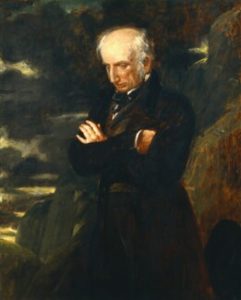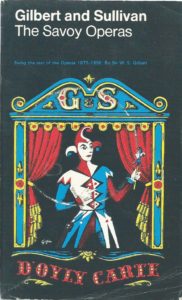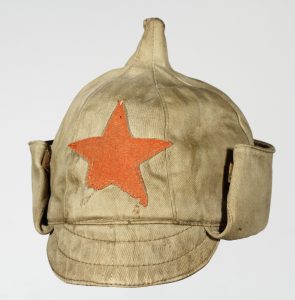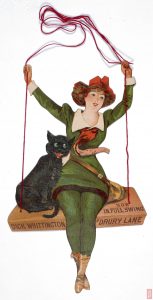This year is the poet William Wordsworth’s 250th birthday. So why should we celebrate him?
From a 21st century point of view, the problem with William Wordsworth (1770-1850) is that it’s difficult to label him neatly. He was an early Romantic poet who held radical views. His fellow-poet contemporaries, John Keats, Percy Bysshe Shelley, and Lord Byron, who knew him personally, all predeceased him by at least twenty-five years. We cannot know how Byron, Keats and Shelley would have turned out if they had lived, but Wordsworth, unromantically, became an Establishment figure, one of the nation’s most loved and respected poets, and ended up as Poet Laureate.

William Wordsworth by Benjamin Robert Haydon, 1842. The poet is standing under the brooding mountain, Helvellyn, as darkness falls. Photo, courtesy of the National Portrait Gallery.
Continue reading Celebrating William Wordsworth’s 250th Birthday
Please share this page...



